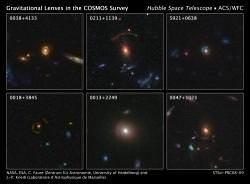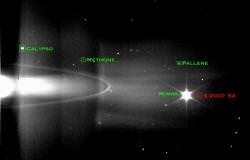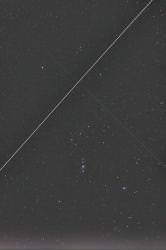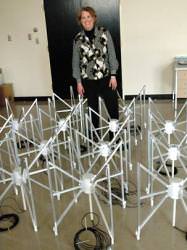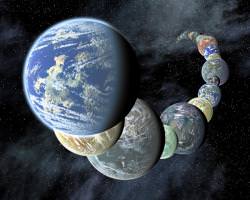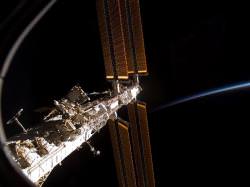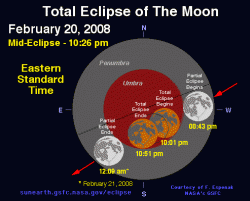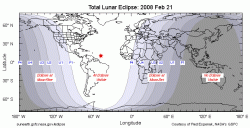One of the breakthroughs in modern astronomy is the use of gravitational lenses, where a closer galaxy or star focuses the light from a more distant object. The more astronomers look, the more they find these helpful objects, allowing them to peer at objects much further away. The number of known gravitationally-lensed galaxies jumped up today, when astronomers announced another 67 new lenses.
These 67 lenses were part of the COSMOS project; a detailed survey of small region of the sky about the same as 9 times the area of the Moon. Both Earth and space-based telescopes are working together to provide a survey of the sky which is very deep. And one of the key instruments in the project is the Hubble Space Telescope.
One of the big surprises of this survey is just how many lenses turned up in such a small area of the sky. Based on this discovery rate, researchers think that there could be 500,000 similar gravitationally-lenses galaxies out there.
At least 4 of the lenses are Einstein rings. This is a situation where the foreground and background galaxy are lined up so perfectly, the distorted distant galaxy forms a ring around the closer one.
In order to find the lenses, astronomers had to sift through a collection of 2 million candidate galaxies. Then the researchers had to look through each COSMOS image by eye and identify any potentially strong gravitational lenses. Finally, they checked both the foreground and background galaxy to make sure that they’re really two separate objects separated by billions of light years, and not just a strangely shaped galaxy.
Now that the researchers have so many gravitational lenses, they can do some really interesting things. For example, they’ll be able to study the dark matter distribution around the galactic lenses. And they’ll also be able to start accumulating a census of galaxy masses to see if they match predictions.
Original Source: Hubble News Release

